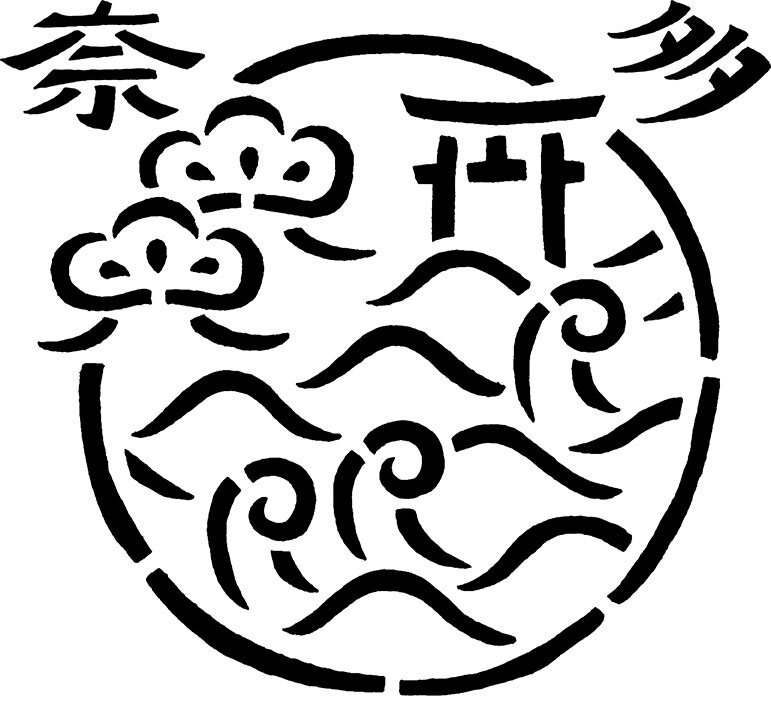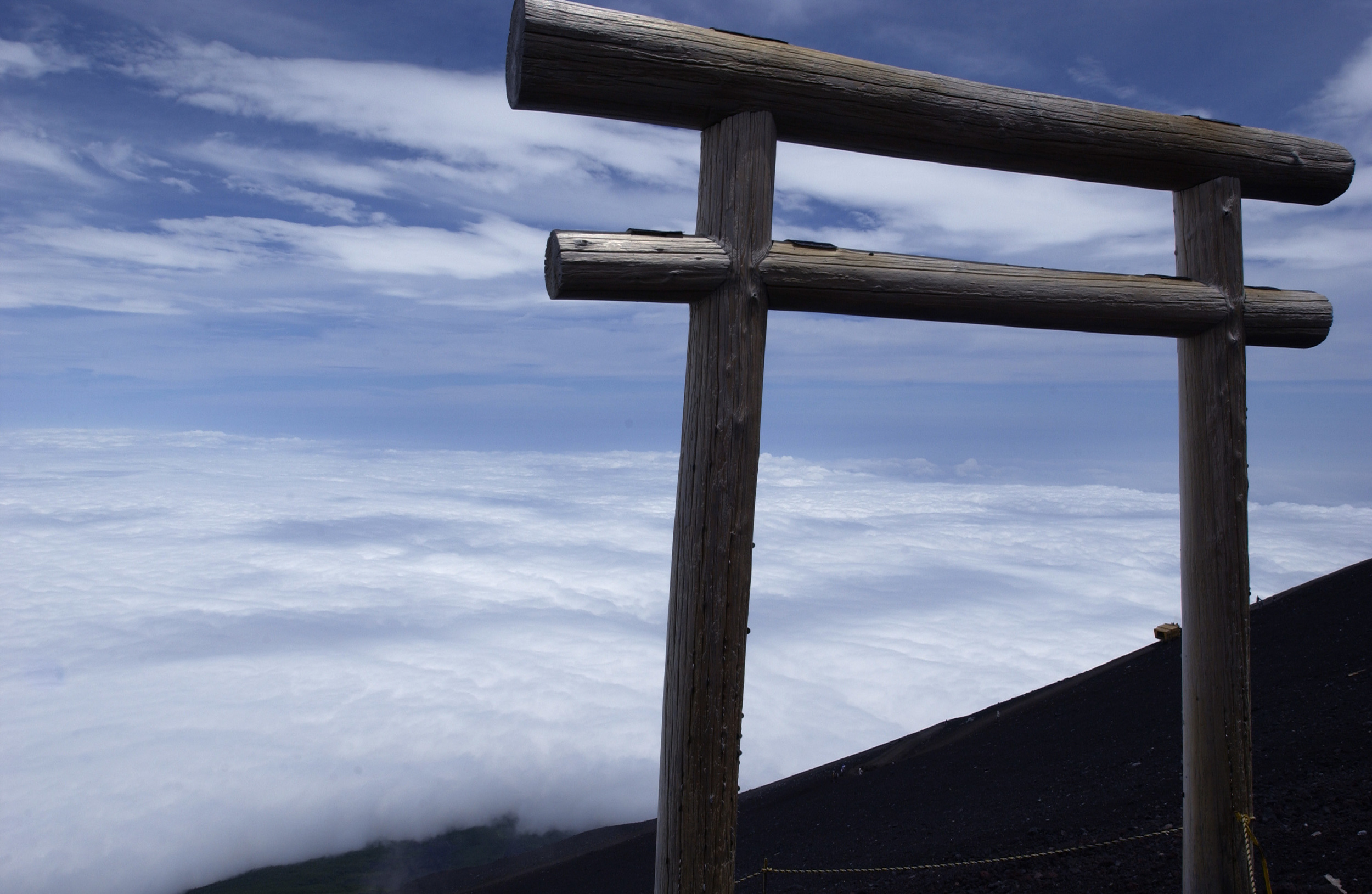

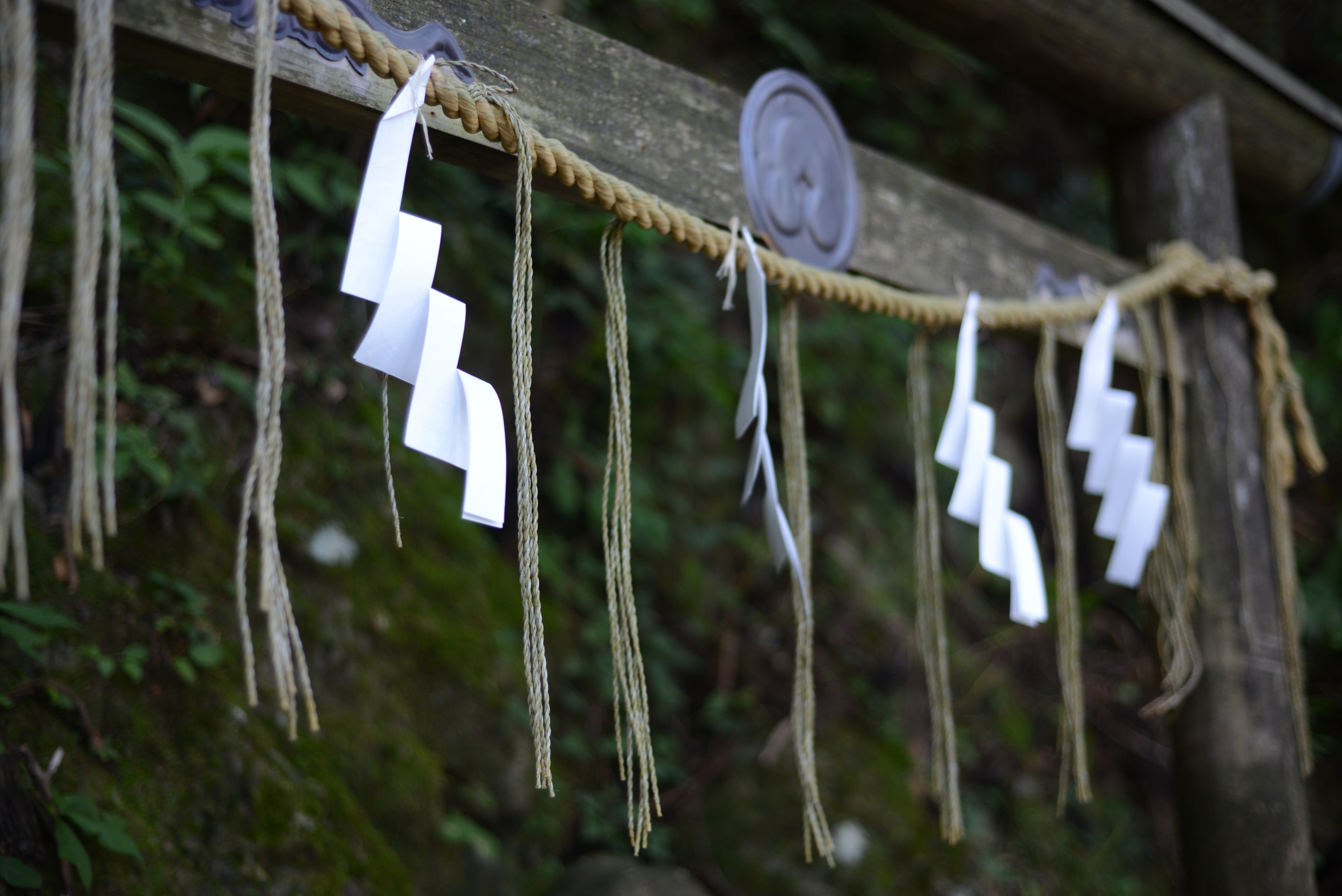

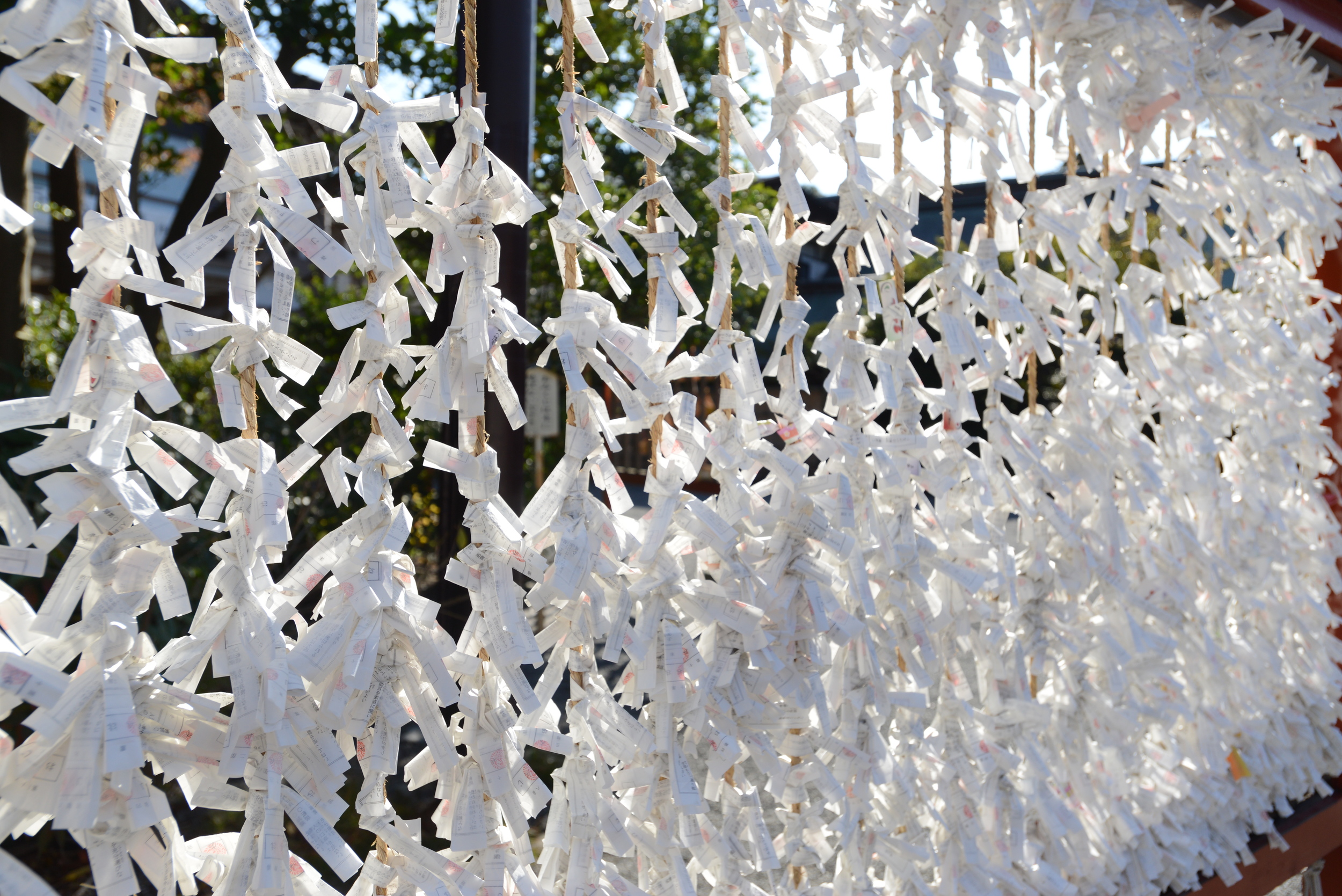



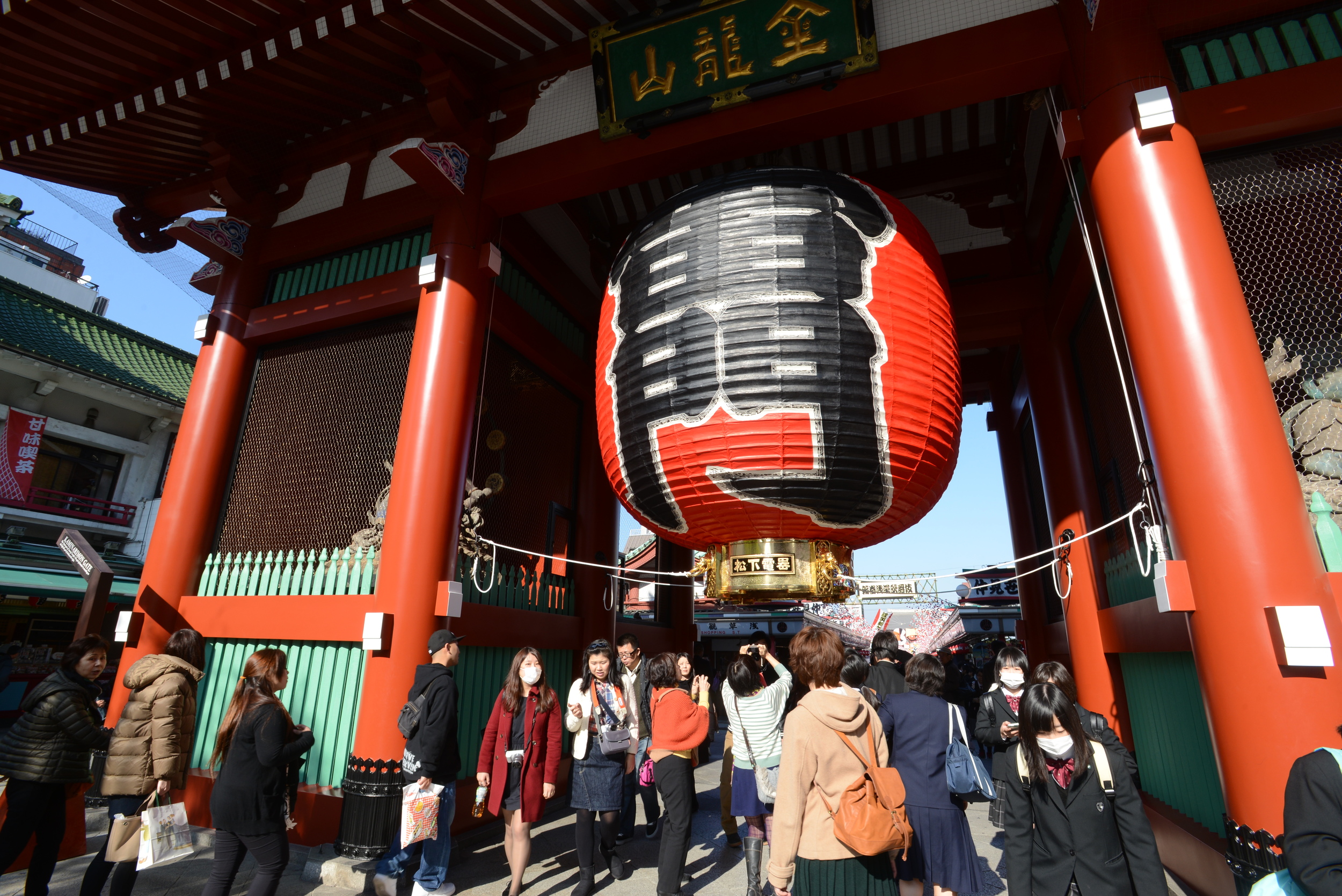
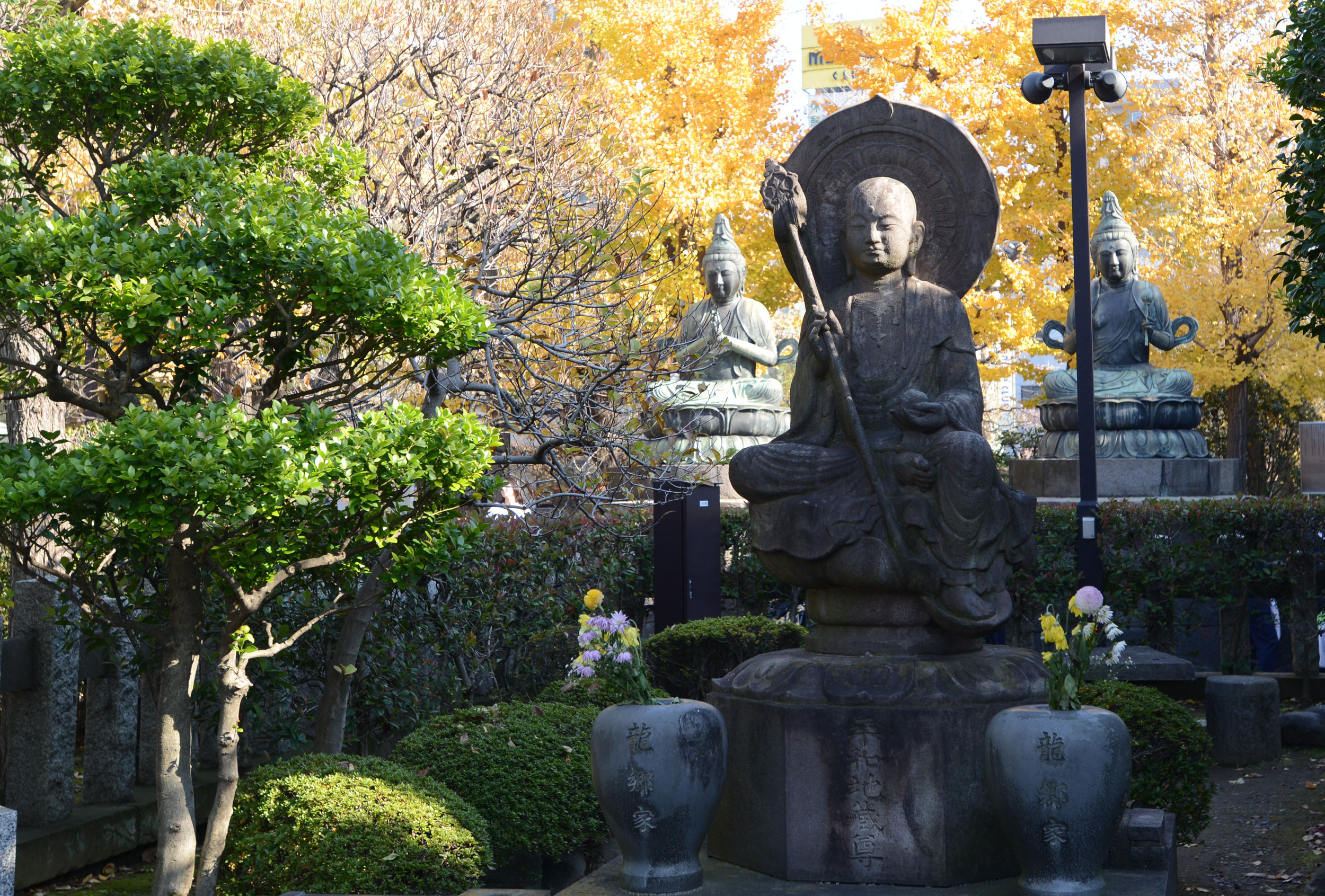
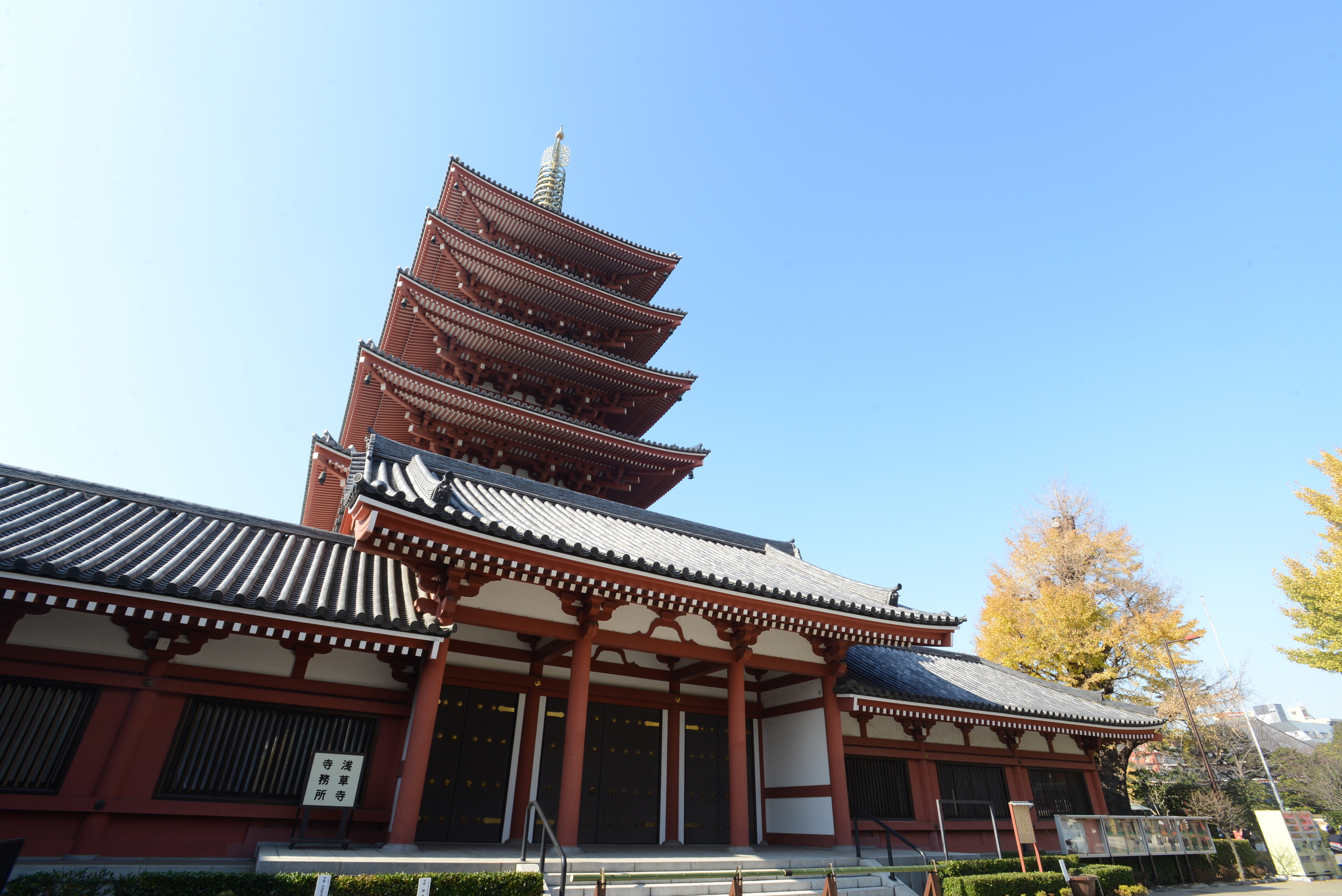
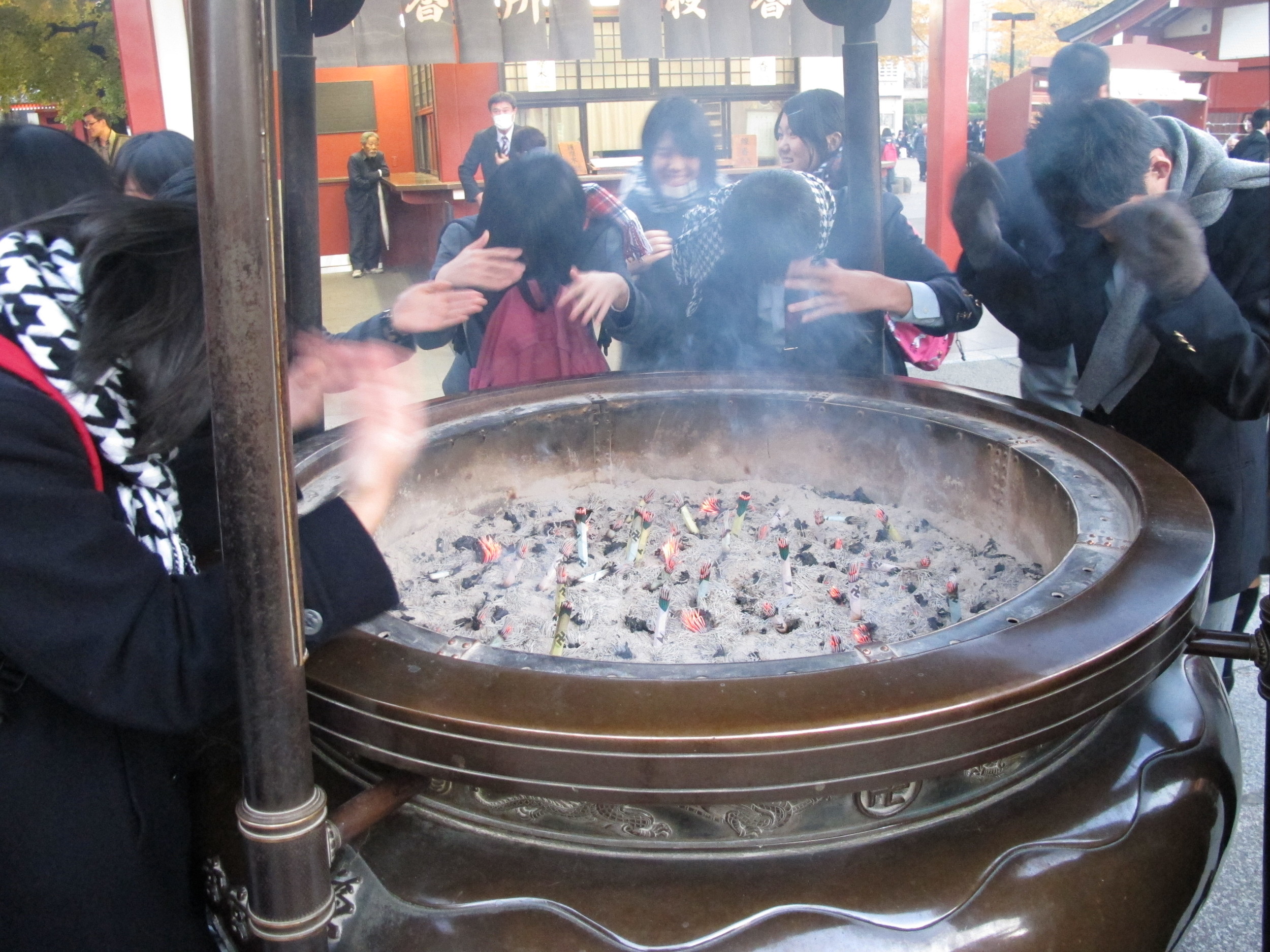
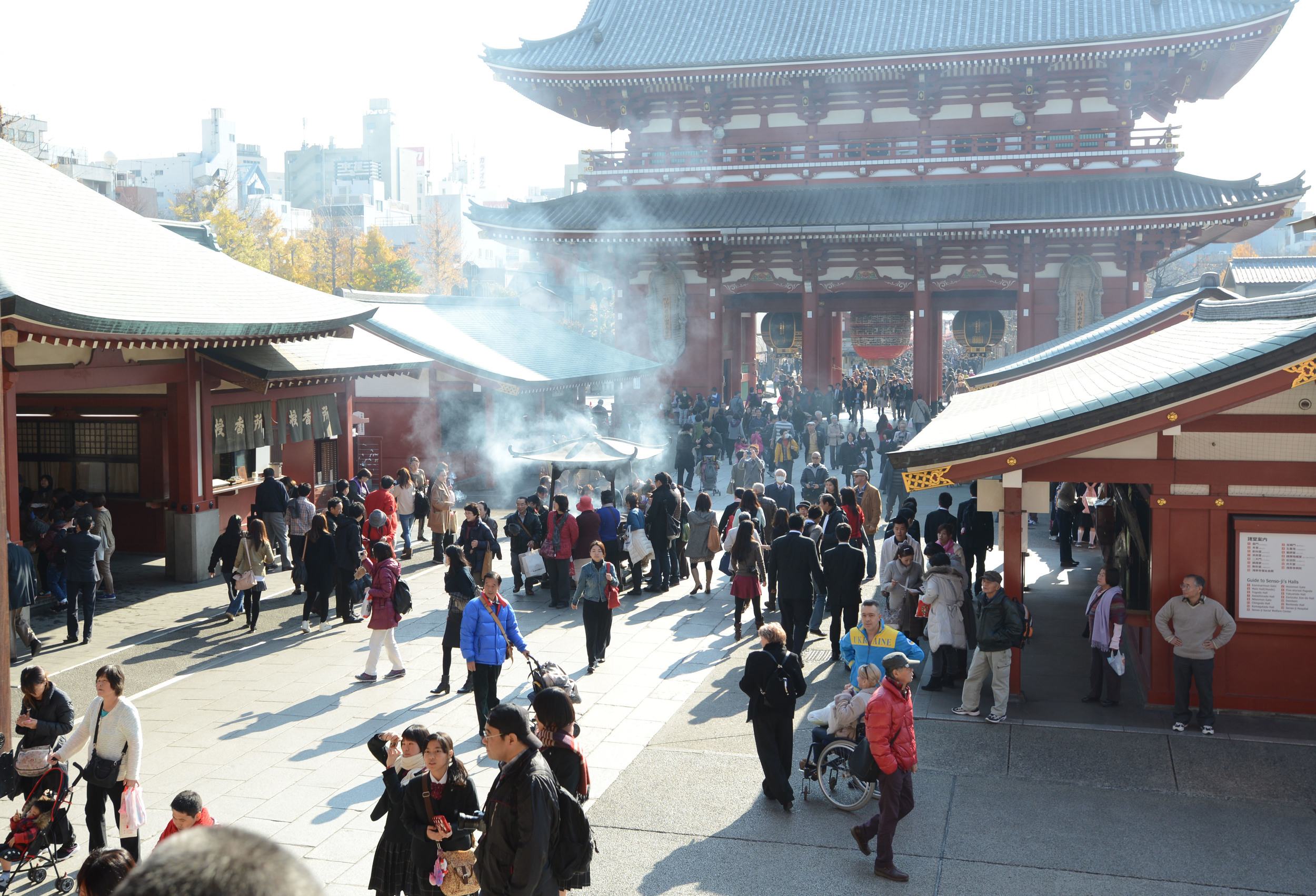
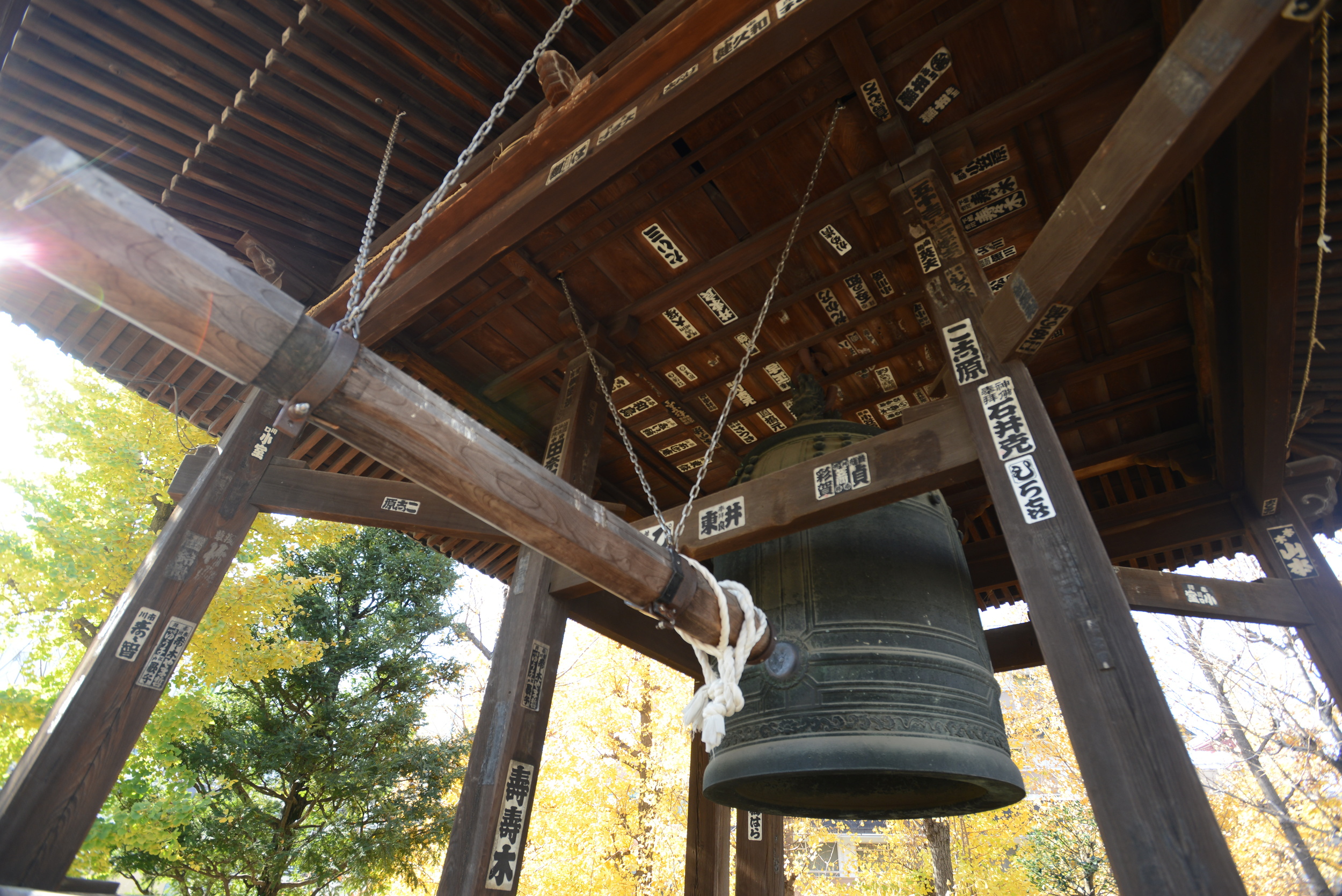
You say 'Shrine', I say 'temple'
Photos and story by Tetsuo Nakahara - Published on Stripes Japan
People may be surprised to hear that Japan has more temples (77,000) and shrines (81,000) than convenience stores (48,908). But according to the Agency for Cultural Affairs, it’s true. When it comes to the differences between these two types of sanctuaries, however, the equation is not so simple.
Many of my foreign friends ask me, “What’s the difference?” Honestly, even for Japanese, it’s a little obscure. We don’t really put too much value on which of these places we go to pray. We put more value on going someplace to pray. Sometimes, a temple and shrine can even look similar. They may even be on the same grounds. So, what is the difference, anyway?
The simplest answer is that a shrine is a Shinto place of worship and a temple is for Buddhism.
Shinto is Japan’s indigenous animistic religious practice in which “kami,” or gods, are prayed to or worshiped. These kami can be spirits of nature, such as the sun, mountains and other landforms, or people (usually, the deceased). Shinto literally means “The Way of the Gods.” The practice varies a lot, and there is no single book, like a Bible, that defines it.
“Shrines are the houses of the gods. It is advantageous for local residents to visit local shrines to pray or receive exorcisms,” said Masato Hoshi a priest at Suzukamyo Shrine in Kanagawa. “Shinto originally began as nature worship because gods are believed to be in all living nature. Eventually the worship of ancestors was added to it. Today, Shinto is comprised of various gods.”
Buddhism came to Japan in the sixth century and took root after a few initial conflicts between its adherents and Shinto practitioners. Despite the early tensions, the two faiths were soon coexisting and cross-pollinating, according to Shinko Mibu, a monk in Sensoji Temple in Tokyo.
“Buddhism was spread by the political authorities after it was introduced in Japan,” said Mibu. “It was a big part of their political strategy to spread the new religion to influence people. Buddhism gradually spread and became mainstream by mixing with Shintoism.
“One reason Buddhism became mainstream is that its methods are more systematic and theoretical, having journeyed so long through India and China,” said Mibu. “But Shintoism did not even have a written book or (specific) teaching, so Buddhism (in Japan) began incorporating Shinto gods into its theoretical stories.”
The mixture of Shinto and Buddhism is called “Shinbutsu shugo,” a kind of intuitional harmonizing of the two faiths that took place from about A.D. 710 to 1868. It evolved into the belief that Shinto gods are actually various manifestations of Buddha, according to Mibu. Except for Ise Jungu Shrine in Mie Prefecture and a few others, most shrines were placed under Buddhist control. Over time, shrines and temples became virtually indistinguishable.
In 1868, however, the new Meiji government sought to restore the legitimacy and power of the emperor using the idea he was a Shinto divinity. It made Shintoism the state religion, priests state officials and began funding some shrines. Buddhist influences were removed from shrines nationwide. Some Shinto activists interpreted the change as implying that Buddhism should be abolished, leading to the “Haibutsfu kishaku” movement which destroyed many temples and historical Buddhist treasures.
Today, however, many Shinto objects can still be found in Buddhist temples and vice versa, proof of the historic and perhaps irreversible coexistence of the two faiths in Japan. These days, many shrines and nearby temples remain friendly neighbors.
“It is very difficult to explain and understand Japanese religion because it is not monotheistic.” said Mibu.
His home temple, Sensoji, was built in the seventh century and is Tokyo’s oldest. Well-known adjacent Asakusa Shrine was built about 300 years later – as an attachment to the temple. They were separated during the Meiji Era (1868-1912).
“Until the separation, Asakusa shrine was used and run by the monks of Sensoji,” said Mibu. “It is interesting that there are more new shrines in Japan than new temples. It is very unique that Shintoism can make someone a god after his or her death. For example, Togo shrine was built to enshrine Heihachiro Togo (1848-1934), the Imperial Japanese Navy fleet admiral.”
After my interview with Mibu, I visited both Sensoji Temple and Asakusa Shrine to pray. Both places are open to anyone, though there are several different rules to follow for each. It was a great opportunity to get a glimpse of the sanctity and diversity of both these historic religions in Japan.
“There are many customs to observe when you visit a shrine, but it is ok if you’re not doing it right,” said Suzukamyo Shrine’s Hoshi. “It would be nice if you remember to bow twice, clap twice and bow once more when you pray at shrine. And also, it is OK if you visit either shrine or temple for ‘hatsumode,’ (first temple or shrine visit of the year).”
- See more at: http://japan.stripes.com/news/you-say-shrine-i-say-temple#sthash.2Hkx38AC.dpuf
